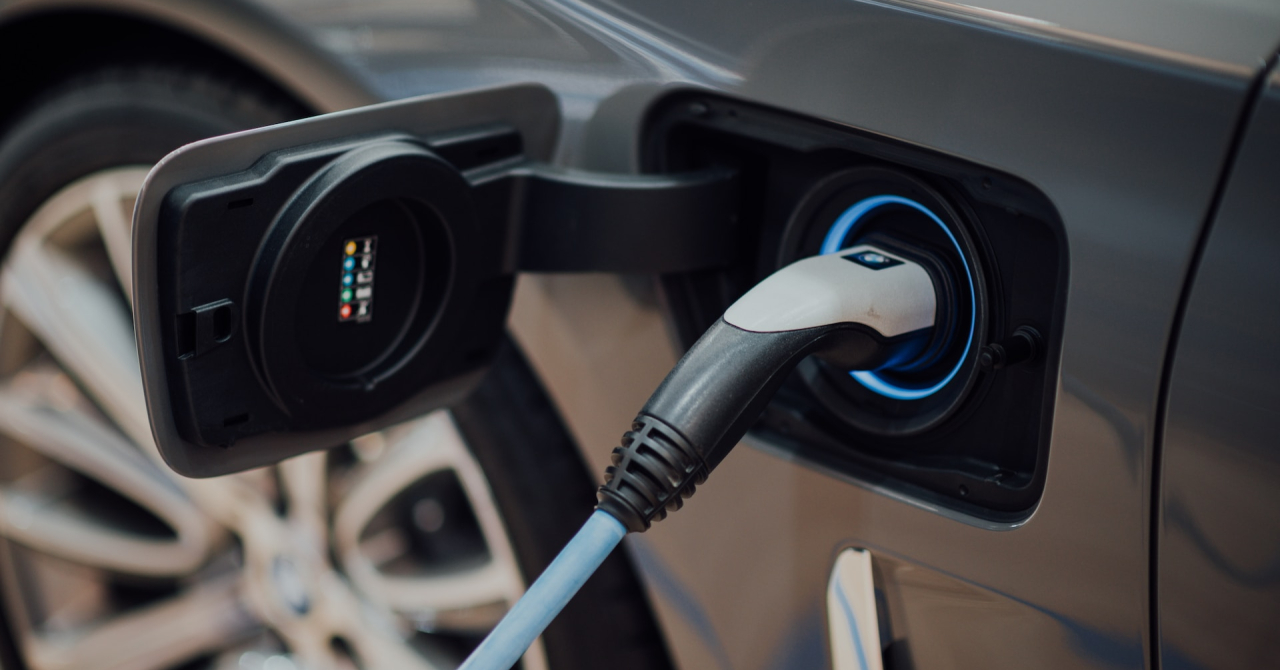Electrek writes that, according to the scientists, the solid-state cell can be charged and discharged over 6.000 times, which is said to be more than any other pouch battery in the world developed so far.
Xin Li, Associate Professor of Materials Science at SEAS and senior author of the paper that was published in Nature Materials, says that a lithium metal anode is the reason why these solid-state battery cells have such fast-charging capabilities, as well as high cycle counts.
He said that "lithium metal anode batteries are considered the holy grail of batteries because they have ten times the capacity of commercial graphite anodes and could drastically increase the driving distance of electric vehicles. Our research is an important step toward more practical solid-state batteries for industrial and commercial applications."
Dendrites have long been regarded as one of the main challenges in developing solid-state cells, as they can form over the surface of lithium, penetrating the electrolyte. This in turn can lead to shorting the battery or even causing fire.
While researchers around the world tried for years to overcome this issue, it was only now when Xin Li and his team were able to find a solution, in the form of silicon particles being added in the anode.
"In our design, lithium metal gets wrapped around the silicon particle, like a hard chocolate shell around a hazelnut core in a chocolate truffle," Li explains.
Due to this change in design, it's not just the durability that wins, but also charging speeds, as these increase dramatically, as well. This is why the battery cell is able to fill up in 10 minutes without compromising on the integrity.
Using a postage stamp-sized pouch cell version of the battery, which is said to be 10 to 20 times larger than coin-sized batteries universities usually develop, the researchers tested its durability. Thus, the solid-state battery was able to retain 80% of its capacity after 6.000 cycles, outperforming other kinds of pouch cells available today.
 Mihai - Cristian Ioniță
Mihai - Cristian Ioniță












Any thoughts?